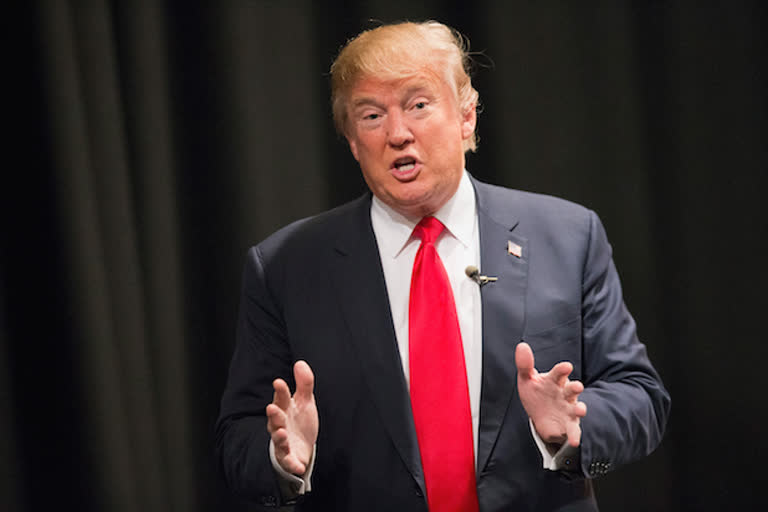Hyderabad: The trade war between the United States and China reached new heights last week, with the trade talks reaching almost to the brink of collapse, with President Trump’s surprise decision to increase tariffs to 25 per cent from earlier 10 per cent, on Chinese exports to the U.S.
The ballooning American trade deficit vis-à-vis China appears to have driven Trump to raise the tariffs once again. In fact, right from his election campaign days, Trump has been vocal about the so-called huge trade deficit and was successful in convincing a large section of the American electorate that China and countries similar to it, with perverted trade policies and cheap labour, are largely responsible for unemployment in America.
It is in this context it is pertinent to burst the myth about Trump’s trade deficit story.
Deficit myth:
In reality, the deficit figures that Trump and his team project is a simple statistical illusion and the same has been rightly pointed out by Paul Krugman in his New York Times column. It is pertinent to note here that everything that comes from China with a ‘made in China’ tag is not necessarily ‘Chinese’.
This is due to the fact that China is a large assembling hub and not a great manufacturing base. Different spare parts and intermediate goods made in different countries are brought to China and just get assembled there, due to cheap labour costs and business-friendly policies.
This simply means that the actual composition of China’s share in the final price of the goods exported from China is very less. For instance, China accounts only about 4 per cent of the price of i-phones, that are ‘made in China’. So Trump’s deficit story is a well-crafted myth, and they appear more than what they actually are. But, Trump is actually fighting a losing war, based on this myth.
Fighting a losing war:
Recently the latest research paper was released by the economists of Princeton, Columbia and New York Federal Reserve. It studies the impact of 2018 trade war on U.S. prices and welfare.
The study found that the tariffs raised by Trump last year had increased the consumer prices and in fact losses to the U.S. consumers had outweighed the benefits from revenue through increased tariffs. Moreover, the net welfare loss that the U.S had to face due to last year’s trade war was USD 1.4 billion per month. This amounts to USD 17 billion a year, which is almost equivalent to 0.1 per cent of the U.S’s GDP.
Read more:Trump, Xi likely to meet next month: White House official
On the other hand, China too could resort to retaliatory measures that could result in increased unemployment in the U.S’s export-based industries. Agri products industry and the aviation would be worst affected, if -China retaliates. Moreover, American multinationals in China can be targeted with stringent actions, which is a very easy task under an authoritative regime of Xing Ping. Above all, China can simply depreciate its currency vis-a-vis Dollar.
This makes Yuan cheaper and in turn, reduce the prices of the Chinese goods in the global markets. That will be the last thing that Trump ever wanted to happen. Despite this reality. Trump thinks he is going to win this trade war. Perhaps he forgot that there never have been winners in any war in history.
In this context, it is to be remembered that trade wars had taken a huge toll on the world economy during the Great Depression in the 1930s. American tariffs went high in order to protect its business and the rest of the world retaliated, which had cascading effects on the global economy. The same mistakes would prove even more costly today, given the deeper integration of the global economy in comparison with the 1930s.
The lesson is simple and straight: Erecting trade barriers on the pretext of punishing China will only backfire and it is as wise as a decision by someone to consume poison and expecting the enemy to die.



